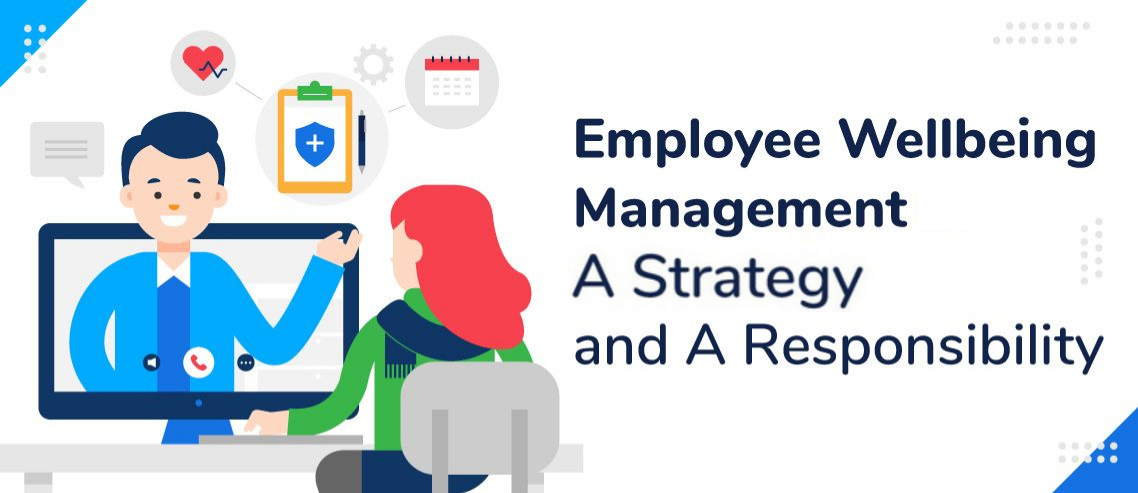How Managers Can Improve Team Accountability in 2024

Improving team accountability in 2024 begins and ends with leadership. Retired Navy Seal commander and best-selling author, Jocko Willink, believes that “there are no bad teams, only bad leaders.” His co-author, Leif Babin, emphasizes that good leaders make good teams, and that’s what leaders have to embrace and make happen.
Great leaders improve accountability by focusing more on what they can control. They practice what Willink and Babin call extreme ownership – this means fully owning your responsibilities and looking to yourself first when something goes wrong.
It’s a mindset shift for some, but it’s a necessary shift if you’re looking to inspire others, lead by example, and make lasting change in your organization. To give you a leg up, here are a few tips on how you can improve team accountability this year:
Ensure You’re Hiring the Right People
Hiring people that take ownership of their work and are open to advice and criticism is priority number one. The best way to do that is simply by hiring slower. Don’t fill slots because you’re in a bind or behind schedule. Find top-tier people who want to be there and will enhance the team dynamic.
A slow interview process means conducting cross-interviews with other leaders to get different opinions. It may also mean having candidates sit in with your staff to see if they approve as well.
Allow the candidate to see behind the scenes to help determine if it’s a good fit for them. After seeing more of the day-to-day, they may decide the job isn’t for them, which is fine – encouraged even. It’s better to know right off the bat than after spending months onboarding and training them.
Focus on hiring someone who not only has the necessary qualifications but also fits your culture and can adapt quickly to your work environment. If you’re working remotely right now, that person will naturally need to be more self-sufficient.
Look for self-starters who don’t need to be told what to do. This is where asking the right interview questions is key. Look for a track record of overcoming obstacles, owning mistakes, and seeking solutions to complex problems.
Eliminate the Grey Areas
People inherently want to do the right thing. They fall short when goals or deadlines are ambiguous. Define up front exactly what their responsibilities are and remove as much ambiguity as possible.
It’s also helpful to hold everyone to the same standard. Playing favorites or only upholding some of the company values when it’s convenient will send mixed messages to the team.
Make it clear who is responsible for what, when it is due by, and that no one will be exempt from potential consequences. It’s up to you as a leader to follow through. If you bend the rules, don’t do it in silence – make sure your team knows why you’re making exceptions.
Also, remind the team that accountability isn’t a negative term. It’s not about punishment or singling out under performers. Doing that too much stifles innovation and risk-taking.
Instead, focus on creating an environment where people are willing to speak up, take risks, and get out of their comfort zone. When they fall short, use it as a learning lesson and encourage people to try again.
Clear the Path to Accountability
Make it easy to do the right thing. Again, you’re not trying to single people out or “catch” them. You’re trying to promote the behavior that creates a strong organization built on self-accountability and personal ownership.
One of the best ways to put accountability on autopilot is by deploying software like ZoomShift. When it comes to clocking in and out, there are a lot of variances. With software like ZoomShift, you can leverage the built-in GPS time clock feature, which allows you to easily track missed shifts, early or late punches, and extra shifts.
You can activate notifications when your team is nearing overtime or block employees from clocking in away from the office or without being on the schedule. Make it clear from the beginning what accountability measures are in place, so they start on the right foot and avoid framing it as a form of micromanaging.
Give people the flexibility and autonomy to do their work in a manner that suits them best. Judge them by their performance because the end result is far more important than how they get there.
Highlight Your Company’s Vision
Share the company values during interviews and reiterate them at a regular cadence. In a recent interview for Inc Magazine, Jeff Bezos said, “I would always encourage people to hold, powerfully, [to] a vision and be so stubborn of it. Don’t let anybody move you off of your vision.”
As a manager, it’s your responsibility to uphold the company’s vision and thread it into every decision you make. When faced with tough decisions or if you feel tempted to focus on short term gains rather than long-term success, look to it for guidance.
Highlight the company values in team meetings, paint it on the walls, and remind your team why the values are essential. Tie their individual performance to the company’s greater goals to help them feel more invested in the company’s success. They’ll naturally feel more accountable when they see the impact they’re generating on a larger scale.
Provide Servant Leadership
It’s tempting to lead with a top-down approach and “hold people accountable” in a negative way, but that’s a feeling worth actively resisting. Instead, strive to eliminate status games and curb people’s tendency to shirk responsibility.
Focus less on who made the mistake and more on what circumstances led to the mistake and how you can do better individually, as a leader, and as a team next time around.
Ensure that everyone has the knowledge, resources, and support needed to get the job done right. Check on them at regular intervals. If possible, hold one-on-ones weekly so they have dedicated time to ask you questions, get feedback, or let off some steam. Start all of those meetings by asking, “what can I do to help you?”
Take notes on your employee’s strengths, weaknesses, fears, insecurities, and goals. Show them you’re listening when they express their feelings. Revisit your notes often to follow-up on loose ends and find ways to challenge them.
Practice What You Preach
Circling back to Jocko and Lief’s view on taking extreme ownership, it’s important to remember that your team looks to management as their North Star.
If you’re leading by example, holding yourself accountable, owning your mistakes, and striving to do better each and every day, then chances are they’ll follow. The more you model the right behavior and hold your staff and yourself accountable, the better your environment will get.
How does your organization promote a culture of accountability? Tell us in the comments below:
JD enjoys teaching people how to use ZoomShift to save time spent on scheduling. He’s curious, likes learning new things everyday and playing the guitar (although it’s a work in progress).




